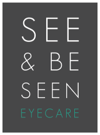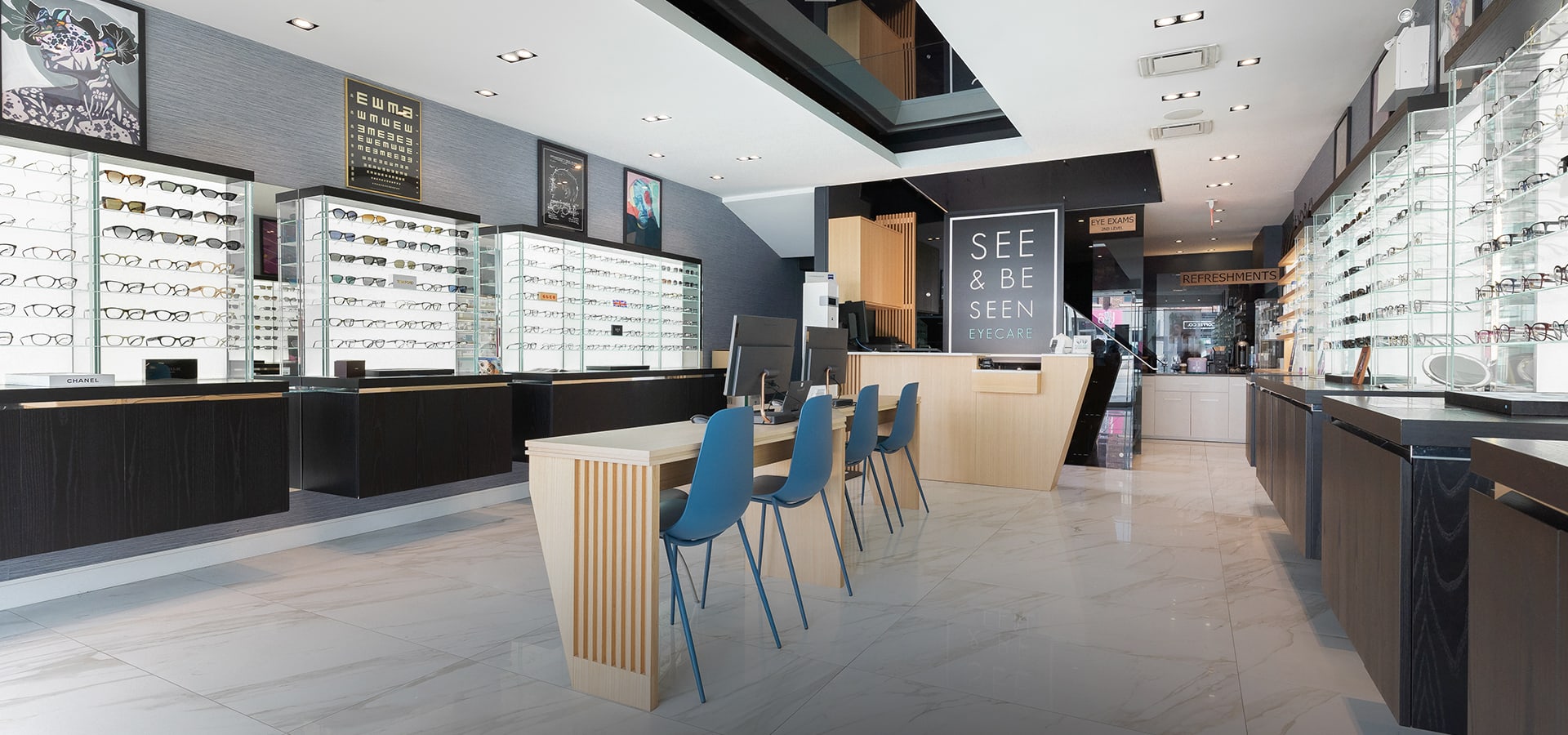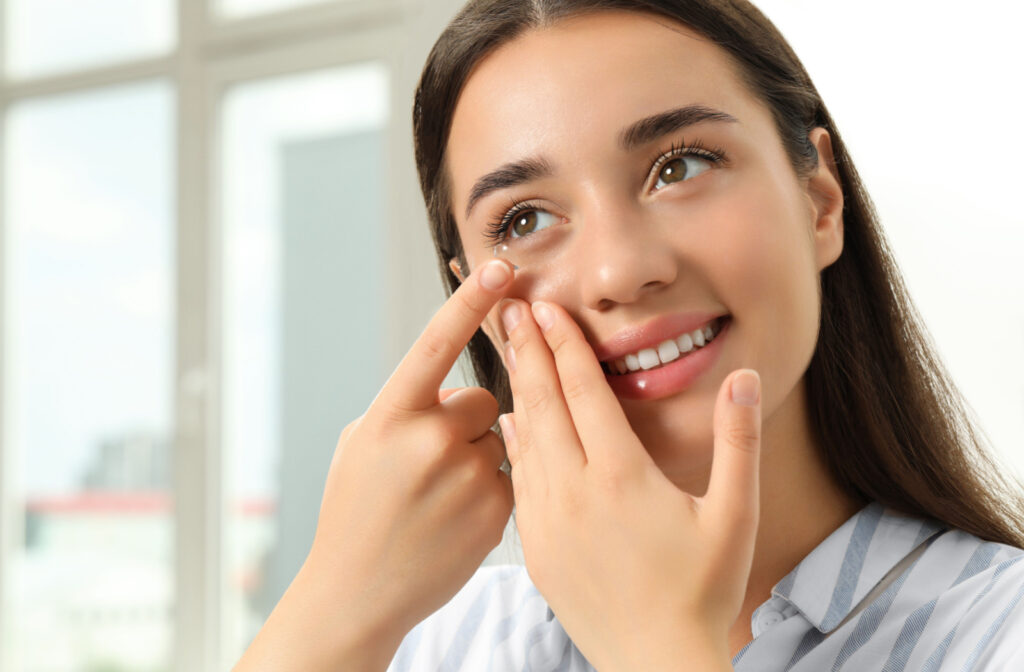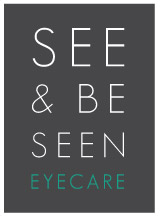In the hustle and bustle of modern life, convenience often takes precedence. Contact lenses have undoubtedly revolutionized how we see the world and have been a popular alternative to glasses.
However, as our lives become busier, we’re tempted to save time, which can lead to sleeping in our contact lenses. Although you can find contact lenses approved for sleep, sleeping in contact lenses can increase your risk of an eye infection.
Several factors can help maintain eye health for contact lens wearers, including regular contact lens exams and fittings, finding the right contacts for your needs, and proper contact lens practice and hygiene.
What Are Contact Lenses?
When light enters your eyes and for your eyes to produce a clear image, the cornea (transparent outer layer of the eye) and the natural lens inside the eye help to focus incoming light onto the retina (the light-sensitive tissue at the back of the eye).
Vision problems or refractive errors caused by an irregular cornea or lens prevent light from focusing on the retina, leading to blurry vision. Contact lenses are thin plastic disks that sit directly on the cornea and help alter how light enters the eye to correct a refractive error and provide visual clarity.
Contact lenses come in different materials with varying levels of oxygen permeability. There are two broad categories: soft and hard contact lenses. Soft lenses are a flexible plastic material that is comfortable to wear and helps more oxygen to reach the cornea.
Hard contacts are rigid plastic material lenses. These lenses are more durable and provide better visual acuity but may require an adaptation period.
How Do Contact Lenses Work?
Contact lenses have specific prescriptions based on your individual vision correction needs. Prescription contact lenses for refractive errors have precise curves to help compensate for the irregular shape of your cornea or lens to focus or point on the retina and provide a clear image.
Before being fitted with contact lenses, you will need an eye and contact lens exam to determine your prescription and the type of lenses best suited for your eyes. Your eye doctor will measure the curvature of your cornea and assess your tear film to provide the lenses that fit properly.
Several types of contact lenses work differently depending on the purpose.
- Scleral lenses provide extra coverage because they cover the cornea and the sclera (white part of the eye) and can help with certain eye conditions and dry eye.
- Ortho-k are hard lenses that help gently reshape the cornea overnight without needing glasses or contact lenses during the day.
Sleeping with Contact Lenses
When you sleep, the body engages in a series of repair and rejuvenation processes, with no exception to your eyes. Wearing contact lenses during sleep can impede these natural processes.
Contact lenses aren’t risk-free. Extended-wear and continuous-wear contact lenses, with wearability for 30 days and nights, can restrict oxygen flow and hydration to the cornea, potentially leading to dryness, redness, and irritation. Moreover, lenses can trap debris and microorganisms against the delicate eye surface, creating an environment conducive to infections.
Risks of Sleeping with Your Contacts In
Sleeping in contact lenses can increase your risk of the following eye infections:
- Bacterial keratitis: This eye infection can result from Staphylococcus aureus and Pseudomonas aeruginosa found in the human body or the environment. You are more at risk of developing bacterial keratitis if you wear extended-wear contact lenses.
- Acanthamoeba keratitis: You can get this infection from water sources, such as tap water, swimming, or sleeping in your contacts.
- Fungal keratitis: You can increase your risk of fungal keratitis if you sleep in contact lenses.
Signs of an eye infection can include:
- Blurry vision
- Discharge
- Redness
- Eye pain
- Excessive watering
Contact Lens Wear & Reducing Your Risk of Infection
When you take the following precautions and measures for proper care and maintenance of your contacts, you can help reduce your risk of infections, corneal ulcers and sores:
- Wear your contacts for the scheduled time your eye doctor recommends, and avoid wearing lenses for extended periods.
- Take out your contact lenses before you shower, swim, bath, or use a hot tub.
- Always wash your hands before handling your contact lenses.
- Disinfect and store your contacts in a contact lens case.
- Rinse your contacts and store them in contact lens solution only.

Contact Lens Safety for Healthy Vision
Contact lenses work by correcting refractive errors and improving your vision. When you have regular eye exams, follow proper care and maintenance procedures, and avoid sleeping in your contacts, it helps maintain contact lens safety and prevent infections while wearing contact lenses.
If you have questions about contact lens wear or want to book a contact lens exam, book an appointment with the team at See & Be Seen Eyecare.





